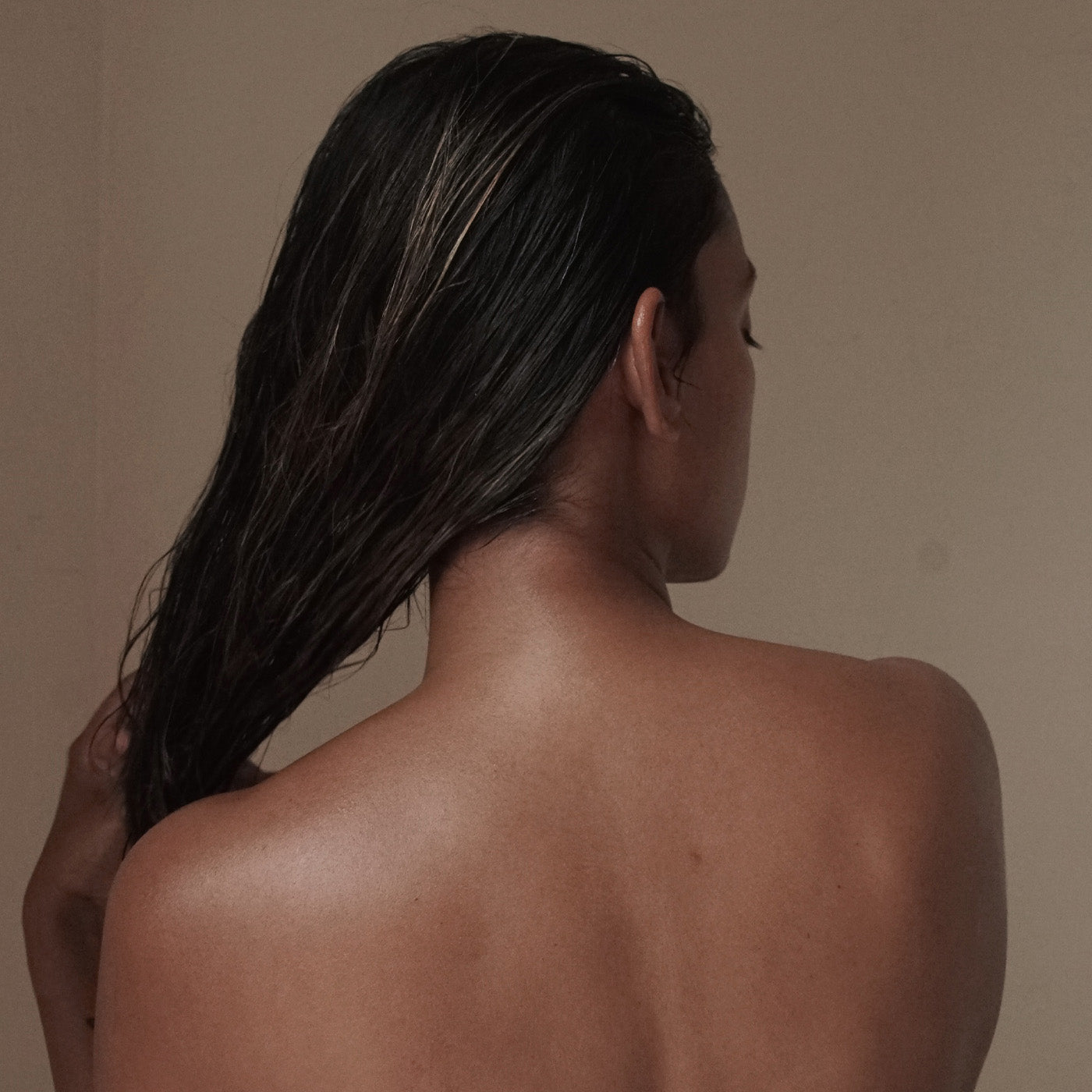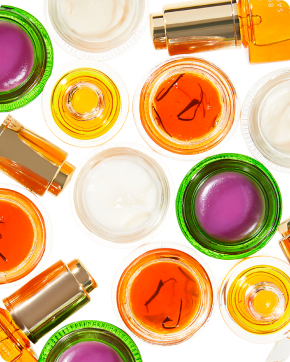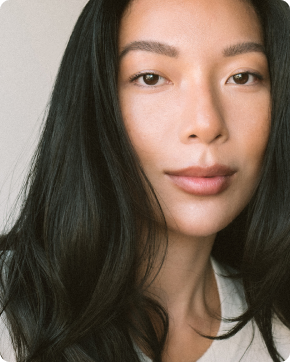
Dry Brushing: An Ancient Practice for Healthier Skin
Dry brushing is all the rage in the beauty world lately, but did you know that the practice is rooted in Ayurveda? Learn how adding this simple self-care treatment to your pre-shower routine can rejuvenate your skin.
What is dry brushing?
This ancient practice, or garshana (pronounced gar-shun-uh), is essentially a dry body massage done with a bristle brush. It is done on dry skin before showering.
Steps:
-
Start at the feet and work your way up using firm, upward strokes on your limbs and circular motions on your joints, stomach, and buttocks.
-
Repeat motions two to three times over each area of the skin.
-
Do not dry brush your face or chest. Also avoid other sensitive areas such as irritated or broken skin.
Benefits of the practice
On the surface, dry brushing exfoliates the skin by removing dead skin cells. This allows for efficient removal of wastes and toxins. Beyond this, pressure with the brush encourages blood circulation and lymphatic drainage.
The lymphatic system runs throughout the body and plays a key role in immunity. It is responsible for mopping up toxins and excess fluid from tissues and returning them to the bloodstream, from where they go to the kidneys and liver for proper elimination.
Many factors help keep the lymphatic system healthy, including regular movement. This is why firm pressure in an upward direction with a dry brush promotes lymphatic circulation. Poor lymphatic drainage can contribute to problems throughout the body, which appear as symptoms such as bloating, fatigue, sinus problems, and swelling.
Roots in ancient wisdom
Ayurveda recommends daily dry brushing for certain body types, whereas once or twice a week may be most effective for others. Dry brushing should be avoided by people with severely dry skin, eczema, or psoriasis.
When pores have been unclogged by dry brushing, your skin becomes thirsty for moisture. Ayurvedic texts say that dry brushing is best followed by a self oil massage, or abhyanga, which further supports circulation and detoxification. Pairing the techniques is a highly effective formula for smooth, hydrated, and glowy skin. Try Mighty Majesty serum as an abhyanga oil. It’s made with cold-pressed sunflower oil, organic jasmine oil, and organic amla extract - a formula that combats dryness and retains moisture.
These thousands-of-years-old practices are said to have immense anti-aging benefits in the long run. In addition to external benefits, the Ayurvedic belief is that stimulating skin, the body’s largest organ, through dry brushing and oil is calming for the nervous system.
As with all Ayurvedic rituals, dry brushing should be practiced consciously. Being aware of how the practice supports the function of several body systems can make it even more beneficial.
Guest editor Monika Sharda is a health communications specialist, passionate Ayurvedic enthusiast, and certified yoga instructor. @monikasharda_




Leave a comment
This site is protected by reCAPTCHA and the Google Privacy Policy and Terms of Service apply.